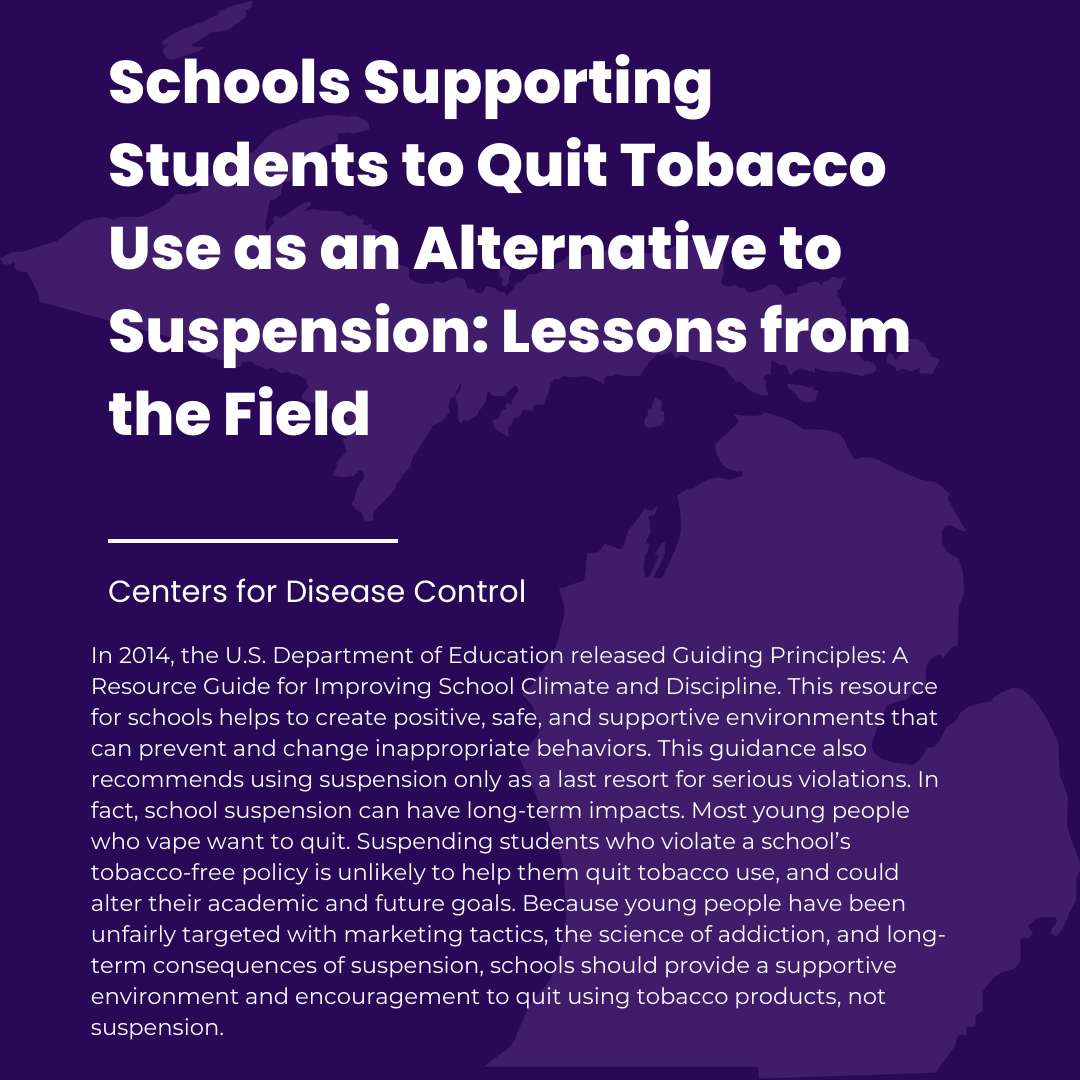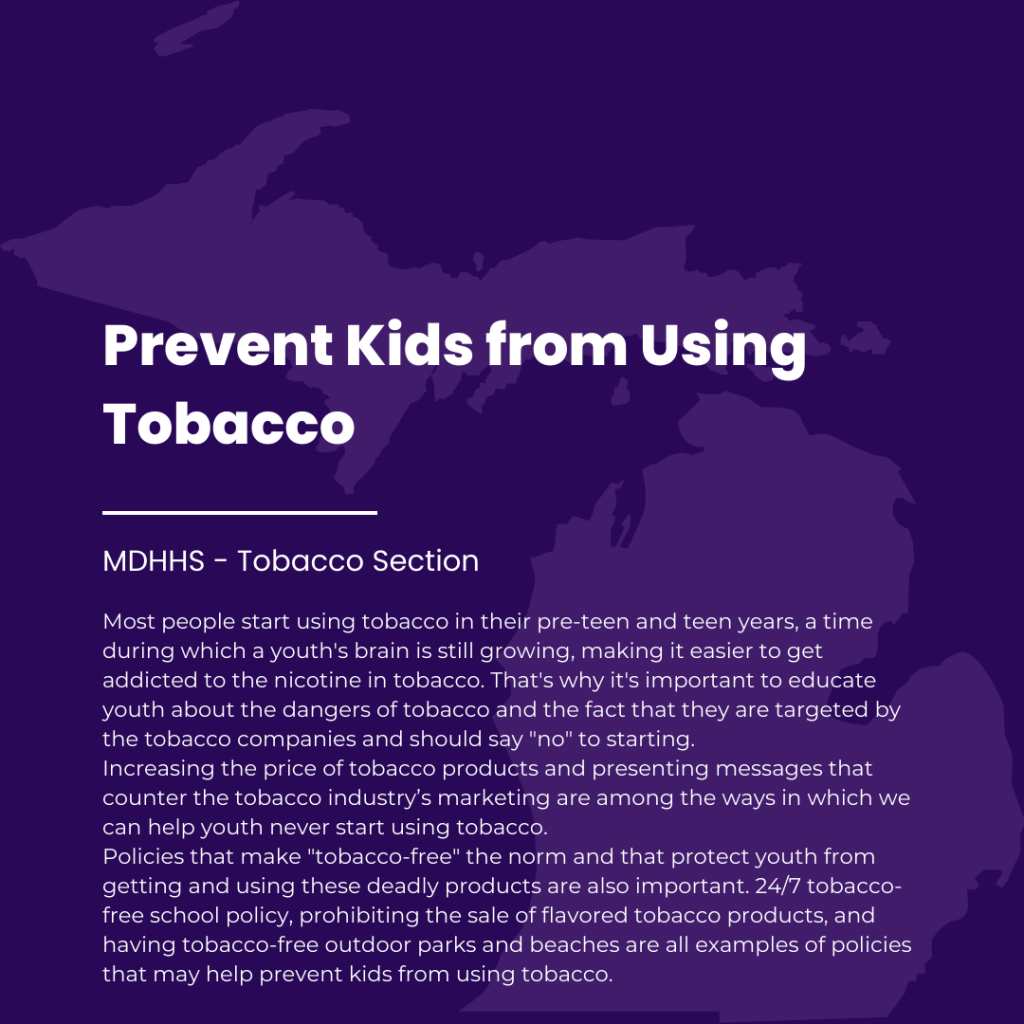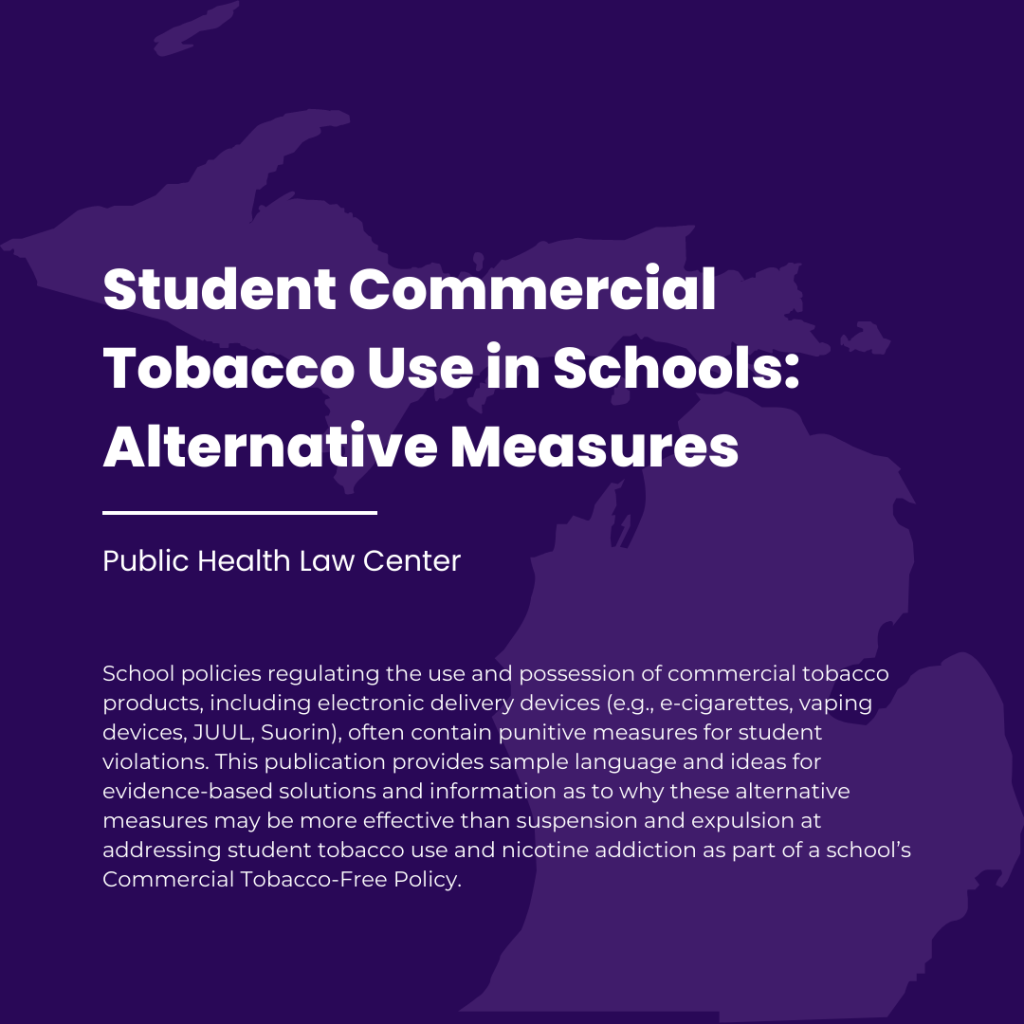Schools Supporting Students to Quit Tobacco Use as an Alternative to Suspension: Lessons from the Field

In 2014, the U.S. Department of Education released Guiding Principles: A Resource Guide for Improving School Climate and Discipline. This resource for schools helps to create positive, safe, and supportive environments that can prevent and change inappropriate behaviors. This guidance also recommends using suspension only as a last resort for serious violations. In fact, school suspension can have long-term impacts. Students who are suspended miss time in the classroom and are at risk for not graduating on time, repeat a grade, drop out, or become involved with the criminal justice system.6 Suspensions also affect a greater proportion of students of color, students receiving special education services, students from low-income families, LGBTQ+ students, and male students. Most young people who vape want to quit. Suspending students who violate a school’s tobacco-free policy is unlikely to help them quit tobacco use, and could alter their academic and future goals. Because young people have been unfairly targeted with marketing tactics, the science of addiction, and long-term consequences of suspension, schools should provide a supportive environment and encouragement to quit using tobacco products, not suspension.


